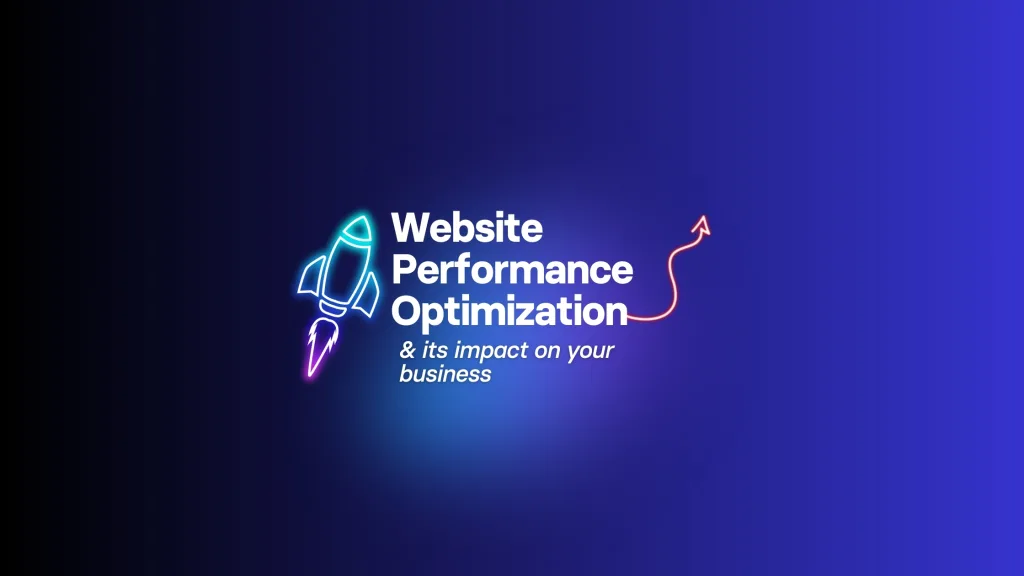Aixuze Insights
Explore the latest trends and insights on diverse topics.
Need for Speed: Turbocharge Your Website Performance
Boost your site's speed and performance to outpace the competition! Discover the secrets to turbocharging your website for better results.
5 Proven Strategies to Turbocharge Your Website Performance
In today's digital landscape, website performance plays a crucial role in attracting and retaining visitors. To enhance your site's speed and functionality, consider implementing these 5 proven strategies. First, optimize your images by compressing them without sacrificing quality using tools like TinyPNG or ImageCompressor.com. This can significantly reduce load times, offering a smoother user experience. Second, leverage browser caching by utilizing plugins such as WP Super Cache if you're on WordPress. Caching enables faster page loading for returning users by storing a version of your page for future visits.
Third, minimize HTTP requests by simplifying your website's design and utilizing CSS sprites for images. By reducing the number of requests needed to load your site, you can enhance website performance considerably. Fourth, take advantage of a Content Delivery Network (CDN) like Cloudflare to distribute your content globally, ensuring faster access for users regardless of their location. Finally, regularly assess and optimize your code by following clean coding practices, removing unnecessary scripts, and using tools like GTmetrix to analyze your website's performance. Implementing these strategies will not only boost your site speed but also improve your SEO rankings, driving more traffic to your content.

Why Website Speed Matters: Unpacking the Need for Speed
In today's digital world, website speed is not just a convenience; it's a crucial factor impacting user experience and search engine rankings. Research shows that a delay of just one second in page load time can lead to a 7% reduction in conversions. This highlights the need for speed, as users expect websites to load quickly and efficiently. If your site lags, potential customers may leave and never return. Moreover, search engines like Google prioritize fast-loading websites in their search results, making site speed a key component of effective SEO strategies.
To ensure optimal performance, consider implementing strategies such as image optimization, utilizing browser caching, and minimizing HTTP requests. Tools like Google PageSpeed Insights can help you analyze your website's speed, offering tailored recommendations for improvement. Additionally, adopting a Content Delivery Network (CDN) can significantly enhance loading times by distributing content across multiple servers worldwide. In an era where every millisecond counts, investing in website speed is essential for retaining visitors and achieving higher search engine visibility.
How to Measure and Improve Your Website's Loading Time
Measuring your website's loading time is an essential step in optimizing its performance. Start by using tools like Google PageSpeed Insights or GTmetrix. These tools provide detailed insights into your page speed and offer suggestions for improvement. Additionally, you can analyze your site's loading time directly in your browser's Developer Tools under the Network tab. It's important to assess your loading time from various devices and regions to get an accurate picture of user experience.
To improve your website's loading time, focus on several key optimizations. First, optimize your images by compressing them without losing quality, using tools like TinyPNG. Next, leverage browser caching, so returning visitors have a faster experience. You can also consider using a Content Delivery Network (CDN) such as Cloudflare to reduce latency. Finally, minimize HTTP requests by combining CSS and JavaScript files. By implementing these strategies, you can significantly enhance your website's loading time, leading to improved user satisfaction and better SEO rankings.